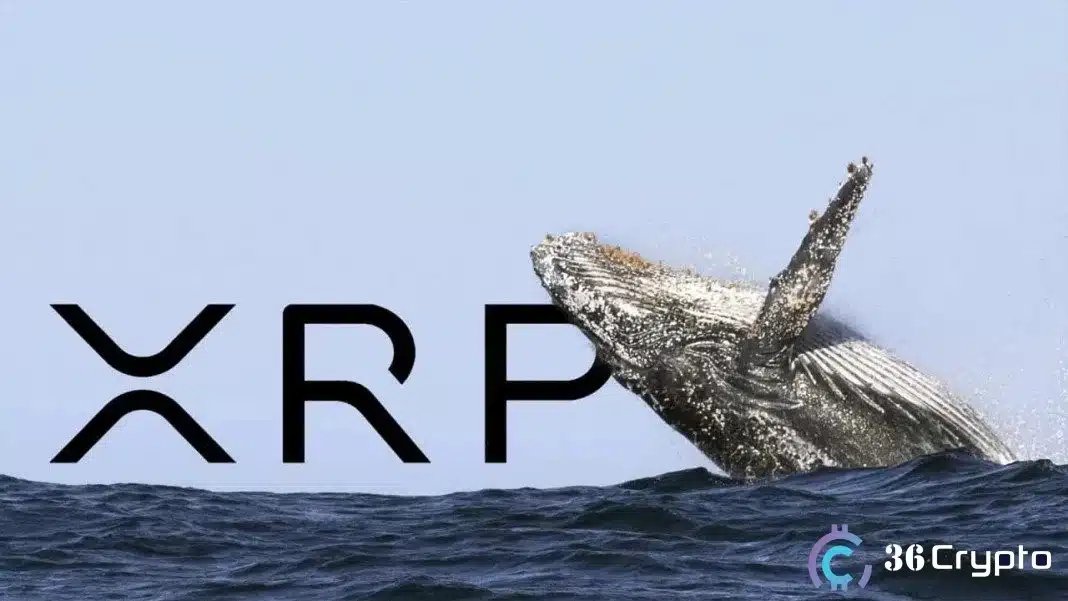Disclosure: The views and opinions expressed here belong solely to the author and do not represent the views and opinions of crypto.news’ editorial.
When people talk about web3 gaming, they usually think of tokens, economies, and speculation. But that’s missing the point. As many have pointed out, web3’s real magic for gaming is in going beyond play-to-earn. It’s about cryptography enabling fairness in ways web2 can’t. Web3 redefines what “fair play” means.
Summary
- Vibecoding experiments show ZK’s potential — early tests with blackjack and slots revealed that while standard ZK proofs were slow, optimistic verification made real-time, provably fair gameplay possible.
- ZK transforms gaming mechanics — it enables verifiable randomness, hidden strategies, and authentic leaderboards without exposing private data, making fairness a built-in feature.
- Gambling is the first real use case — ZK proofs give players cryptographic assurance of fairness while helping casinos with audits and compliance, proving the model works where money is at stake.
- Beyond gambling, fairness becomes a web3 primitive — from esports to reputation systems, ZK can embed trust and transparency into gaming and finance, unlocking entirely new applications.
My vibecoding journey
I came to this realization by playing around with vibecoding. I set out to recreate simple games like blackjack and slots, but with a twist. I prompted the AI to make use of zero-knowledge proofs as a part of the game’s key components.
To my surprise, they actually worked. My first attempt was a blackjack demo, but the proofs took thirty seconds to generate, which meant the gameplay was slow and clunky. No one wants to sit around waiting half a minute to see if they got lucky.
So I pivoted to vibecoding a slot machine game and tried implementing it with optimistic verification. This cut the verification time down to milliseconds, and suddenly, the game felt alive. It was able to prove fairness, and it was able to make it usable in real time.
The key takeaway from those experiments for me was that web3 gaming can already be about so much more than new monetization loops. It can unlock entirely new mechanics powered by cryptography, and the tech to do it is already here.
What ZK unlocks in games
ZK proofs transform how games handle randomness, strategy, and reputation. Take randomness, for starters. In online games and casinos, players have to trust the operator’s word that a shuffle or dice roll is fair. With ZK, fairness is provable. A casino or server can prove cryptographically that a deck was shuffled randomly without ever revealing the seed behind it. Every spin, roll, or deal can be verified by players in real time, eliminating the need for blind trust.
Then there’s strategy. In traditional games, if you want to prove you played by the rules, you often have to show your moves, which kills the element of secrecy and reveals your own gameplay quirks. ZK fixes this, too, by allowing players to prove they solved a puzzle or followed the rules of a strategy game without revealing how. In poker, for example, you can keep your hand hidden even from the backend server logic. In trading or finance, you can keep your strategy private while still showing that the results are valid.
Leaderboards are another obvious fit. Cheating and fake scores ruin online rankings. ZK proofs make scores verifiable, so a game can prove a player’s high score is authentic without exposing all the gameplay data behind it. That applies to reputation systems, too. Imagine proving your Uber rating is above 4.8 without exposing every review.
Why gambling is the first real use case
It’s no coincidence that gambling is one of the first industries testing ZK technology. Gamblers often rely on opaque infrastructure and the promise that regulators or auditors will keep things fair. But as the saying goes, “the house always wins.” What it doesn’t guarantee is that the house never lies.
With ZK, every game operation can come with an embedded proof of fairness according to custom parameters set by the game rules. You no longer have to trust that the shuffle or slot spin wasn’t manipulated because you can verify it yourself. Casinos, in turn, could benefit from using ZK proofs to streamline the process for audits and compliance checks.
If ZK can work in gambling, where money’s always on the table, it can work anywhere.
Beyond gambling: Fairness as a core web3 primitive
The implications go well beyond casinos, however. Verifiable randomness, private strategies, and provable scores are just the start. With scalable ZK-proofs, we can even create new genres of games and new types of applications that were previously unthinkable.
Competitive esports tournaments could use ZK to verify match outcomes and leaderboards. Social games could ensure rankings are tamper-proof. Reputation systems could allow users to prove credibility without exposing personal data. In DeFi, traders could protect their strategies while still proving they followed risk limits or achieved returns.
A fun vibecoding project crystallized what’s already in the back of many gamers and gamblers’ heads about web3: that its biggest contribution to the industry is perhaps embedded fairness.
While web2 gave us entertainment, web3 can give us entertainment we can trust. As zkVMs and ZK coprocessors mature, we’ll see entire genres of games built around trustless fairness. All of this lets “fair play” take on a whole new meaning. Fair play, guaranteed by math, is the real win condition for web3 gaming.
Source: https://crypto.news/web3-gaming-is-ready-for-embedded-fair-play-opinion/


